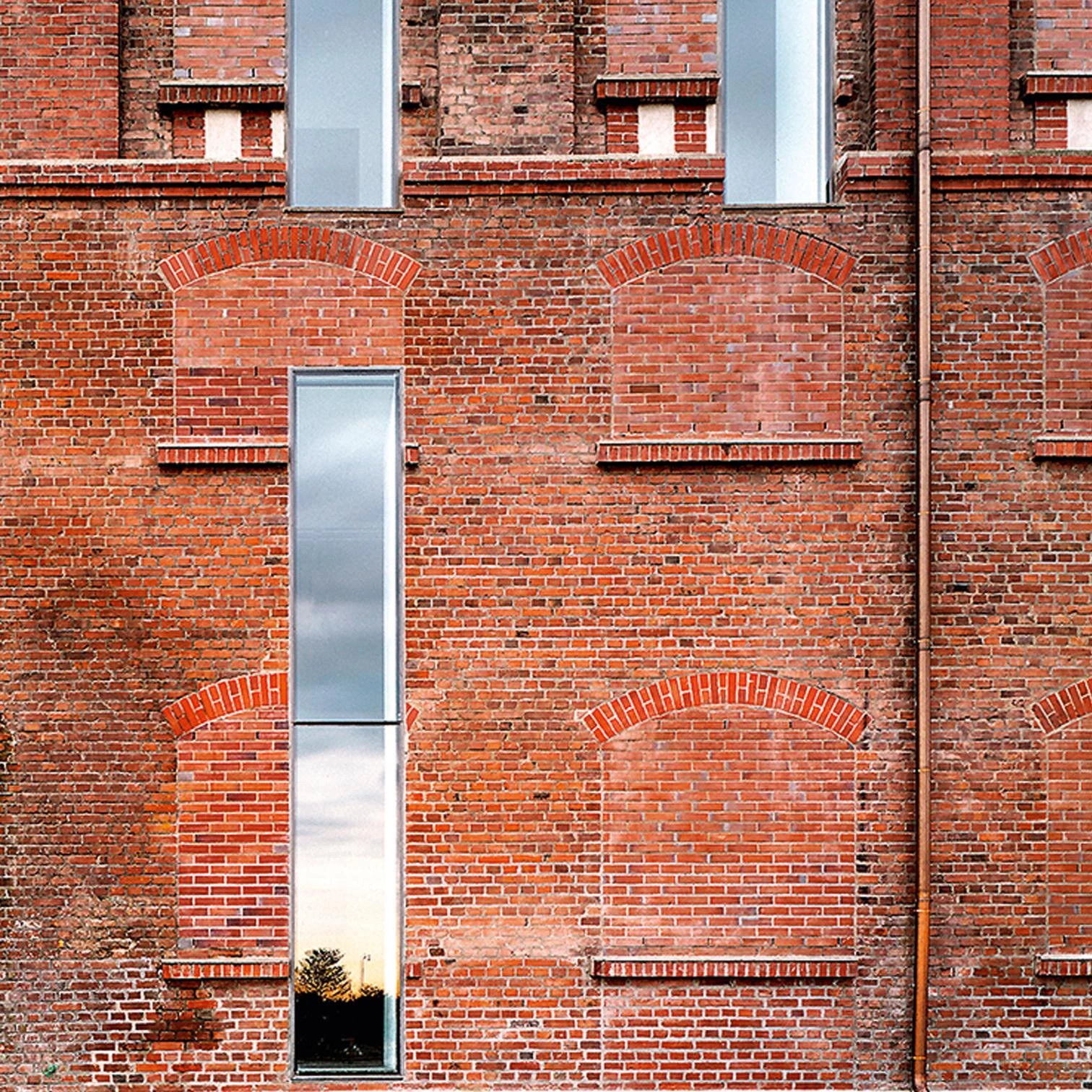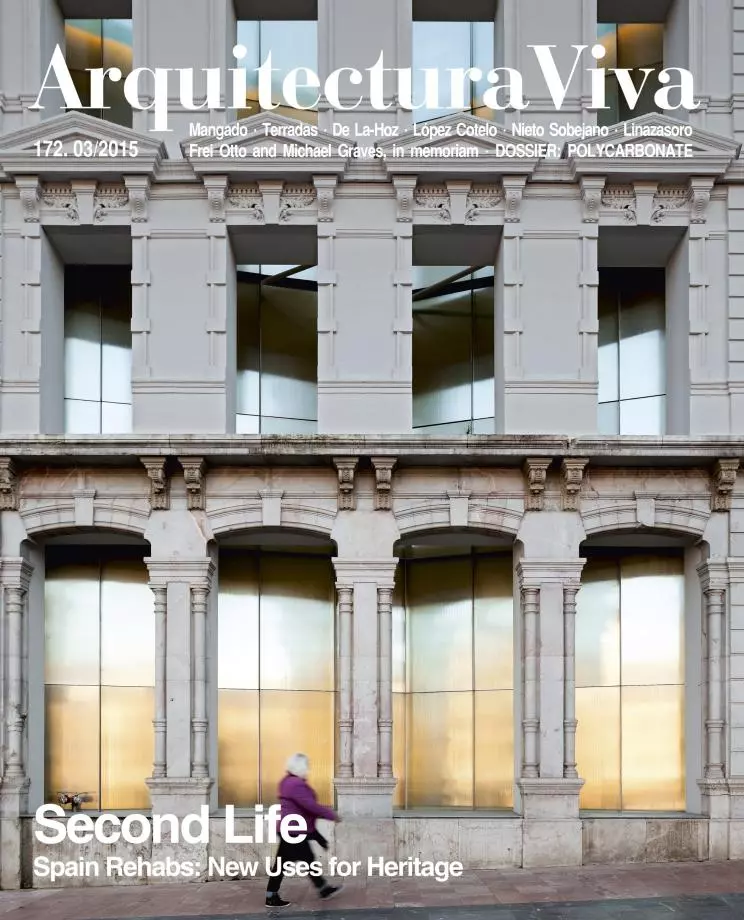
Buildings have many lives, because their functional erosion is often faster than their physical ruin. The stubborn persistence of their shells, where the materials, energy and knowledge used in their construction are deposited – what we now would call thermodynamic and information capital –, encourages giving them successive uses. Dragged by the storm of economic and social changes, buildings experience transformations that cannot really be described as metamorphoses, because if their function is entirely altered, their form remains substantially intact. No matter how much technical innovations and tastes may change, constructions secure their permanence through a certain ‘inertia of form’ that resists the alteration of its traces while adapting to almost any given use. Thus, buildings travel in time, serving different owners in their consecutive existences.
Since the boom in the consumption of fossil fuels, the old voluptas aedificandi of the classical world has translated as an exponential growth of urban land, and a hypertrophy of built fabric that devours territory with its metastases to express the bulimia of a society whose demands for material gratification seem to be never entirely satisfied. This expansive appetite has left behind obsolete shells, containers without content abandoned to decay and ruin when deprived of any use, so the effort to give them a new lease of life with other functions must be praised. Some of these operations manage to successfully insert reasonable programs in lifeless structures, but on other occasions the routine recourse to imprecise cultural or institutional content fails to breathe new life into the sleeping building, and the architectural rescue usually ends up in economic wastefulness and social frustration.
In a context where it is common practice to give predominantly symbolic functions to essentially utilitarian buildings, we must ask ourselves whether the tendency to indiscriminately save architectural heritage through cultural or institutional uses has not already reached excessive levels; whether we are not suffering today a certain over-endowment of emblematic spaces; and whether we have not reached the highest level of a tide whose reflux seems unavoidable. Perhaps the time has come to promote the transformation of museums into markets, universities into workshops and government buildings into housing. Buildings will go through second or third lives, but they will always be the expression of the needs and desires of the societies they shelter, different and perhaps no better than the communities that with important material resources and no less human effort raised their walls.





